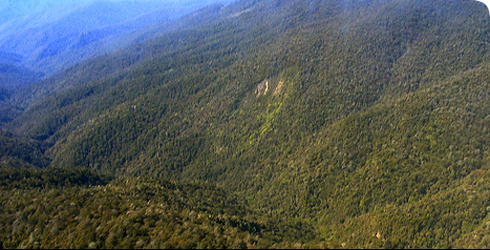Conservation
O. alexandrae is considered endangered by the IUCN. Despite being locally abundant, it is under threat from habitat destruction for palm oil plantations.
It’s habitat is now restricted to a small stretch of coastal rainforest in southeastern Papua New Guinea with an area of about 100 square kilometres. Interestingly, a volcanic eruption in the 1950s destroyed a lot of the old growth rainforest necessary for the species to survive, contributing to its endangered status.
Trade in this species is forbidden under Appendix I of CITES, yet a black market trade exists with specimens fetching very high prices, often thousands of US dollars.
